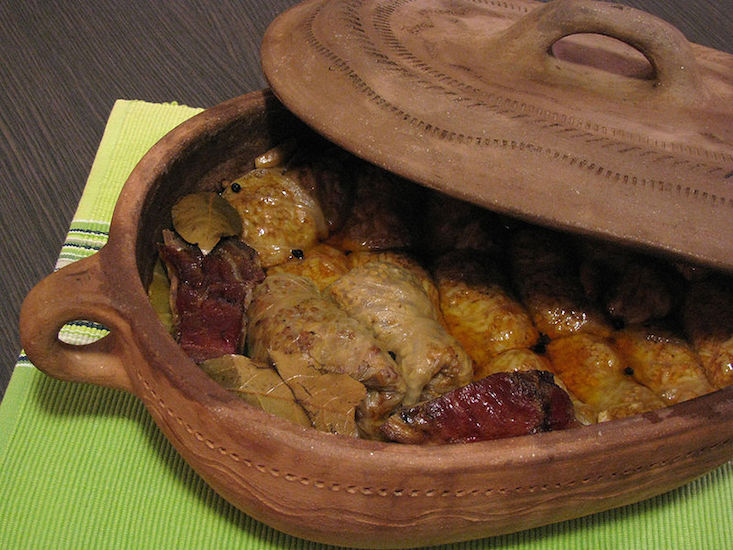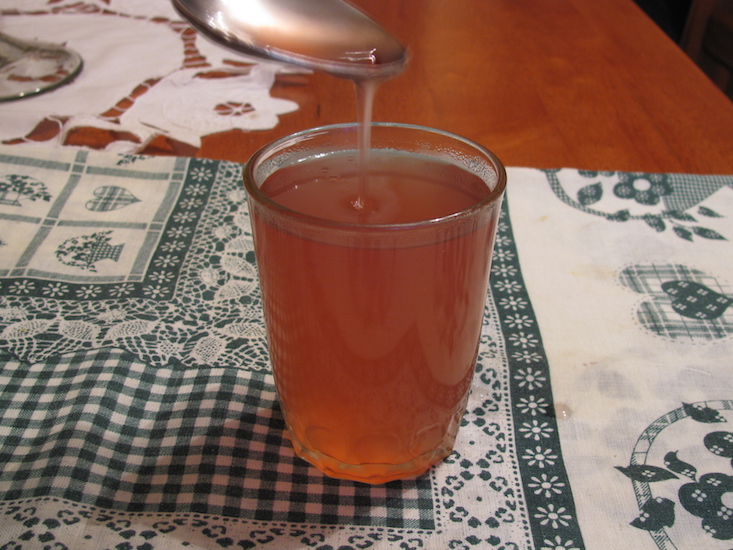Five dishes to cook up for Orthodox Christmas
For many Christmas is just a fading memory, but others are only just gearing up for celebrations. Many Christian communities, including Orthodox Christians, celebrate Christmas on 7 January.
A large number of countries celebrating Christmas this weekend can be found in the New East.
As you might have hoped, food plays a major role in the festivities. We’ve picked out five of our favourite Christmas dishes from across the region to inspire your own New East Christmas feast:
Kutia
A wholegrain wheat porridge with honey and poppy seeds, kutia is a festive tradition in Ukraine, Belarus, Russia and parts of Poland, with other countries in the region boasting their own versions. The dish has hidden depth, with the grains symbolising hope, and the honey and poppy seeds representing happiness and peace. Kutia commonly forms part of a traditional 12-dish Christmas Eve supper.
Česnica
As delicious as it might be, česnica is as much about ritual as it is about taste. If you’re in need of some luck, keep your eye on this round bread loaf, which is often to be found on a Serbian Christmas table. It is common to hide a coin in the dough — at the beginning of the meal, the loaf is rotated three times counterclockwise and then broken, but will it be you who finds the coin? If so, you can allegedly look forward to exceptional luck in the year to come.
Sarma
Sarma is a staple meal for festive occasions like Christmas across southeastern Europe. Consisting of leaves wrapped around a filling, sarma exists in many different varieties depending on the location and time of year. In Macedonia, cabbage leaf sarma form part of the Christmas Eve meal, with the filling traditionally made from rice and walnuts, rather than meat, in observance of the pre-Christmas fast.
Satsivi
A Georgian sauce made from walnuts, throughout the year satsivi can be served with a variety of meat, fish or vegetables. At Christmas, however, satsivi is traditionally served with turkey. “Tsivi” means “cold” in Georgian — forget your hot turkey dinner, satsivi is a dish best served cold.
Kissel
Many people celebrating Christmas this weekend across eastern Europe will be washing down their meals with kissel (or eating it as a dessert). Normally made from the juice of berries, kissel is thickened with starch to give it its distinctive viscous quality.



.jpg)
